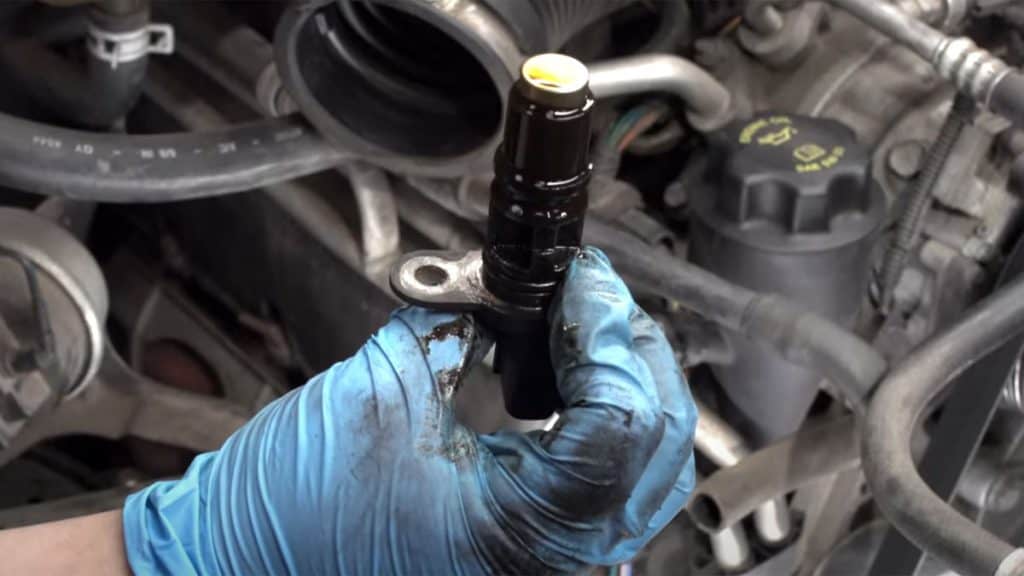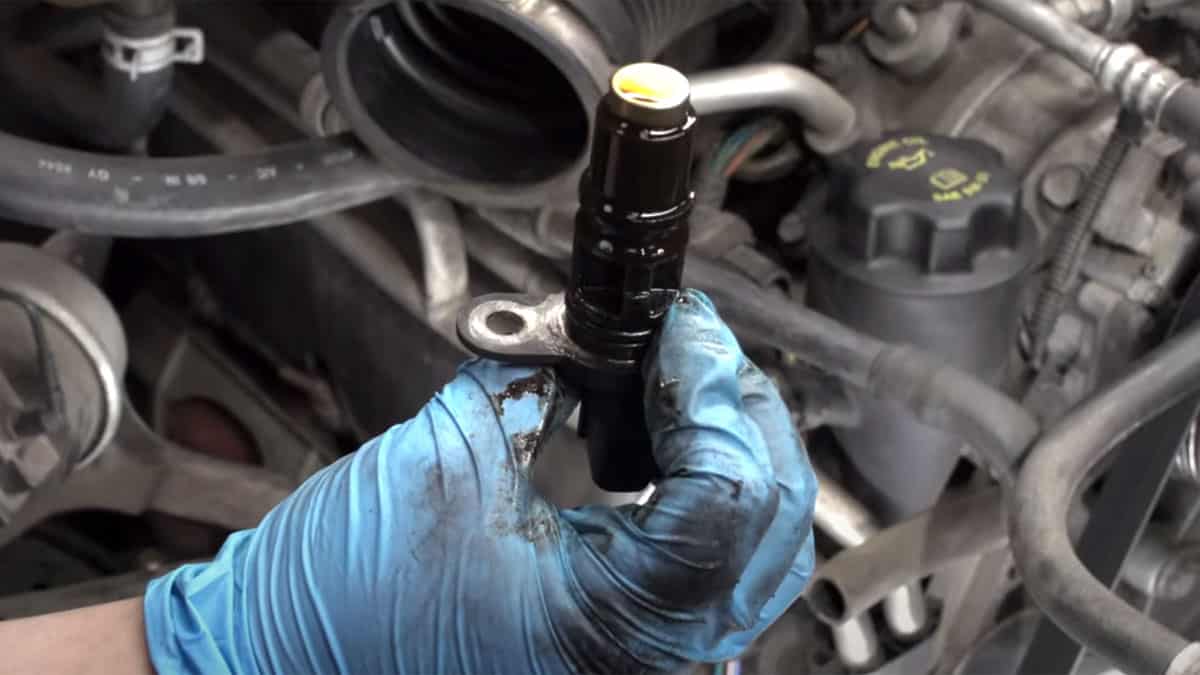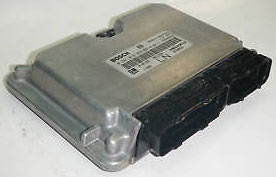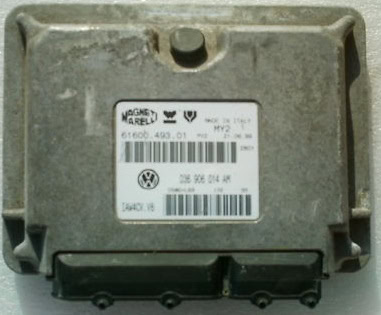In this article, we will delve into the implications of a faulty crankshaft sensor and understand its effects on the functioning of an automobile. Modern vehicles are equipped with a plethora of sensors that monitor and regulate various engine functions. One such critical sensor is the crankshaft position sensor (CPS). Positioned near the engine’s crankshaft, this sensor plays a vital role in detecting the crankshaft’s rotational speed and position. By providing crucial data to the engine control unit (ECU). The CPS ensures precise ignition timing and fuel injection, directly influencing the overall performance of the vehicle.

How Does the Crankshaft Sensor Work?
Before we discuss the problems associated with a faulty crankshaft sensor, let’s first understand its functioning. The CPS is typically a magnetic or hall-effect sensor that measures the rotating speed and position of the crankshaft. It works in tandem with the camshaft position sensor to determine the exact timing for the ignition and fuel injection events. By precisely synchronizing these processes, the engine can operate efficiently and maintain optimal performance.
Common Symptoms of a Faulty Crankshaft Sensor
When the crankshaft position sensor starts to malfunction. It can lead to a range of noticeable symptoms, affecting both the drivability and reliability of the vehicle. Some common signs of a faulty CPS include:
- Engine Misfires: A malfunctioning CPS can cause misfires, leading to rough idling or hesitation during acceleration. As the ECU receives inaccurate data about the crankshaft’s position, it may not deliver the correct amount of fuel or spark timing, resulting in misfires.
- Difficulty Starting the Engine: A problematic crankshaft sensor may cause difficulties in starting the engine. You might experience extended cranking times or the engine failing to start altogether.
- Stalling or Sudden Shutdowns: A faulty CPS can result in random stalling or sudden engine shutdowns while driving. If the ECU loses the input from the sensor, it cannot maintain proper fuel and ignition timing, leading to a loss of power.
- Decreased Fuel Efficiency: With incorrect timing information, the engine may consume more fuel than necessary, leading to reduced fuel efficiency and increased emissions.
- Illuminated Check Engine Light: In many cases, a faulty CPS will trigger the vehicle’s onboard diagnostics system, causing the check engine light to illuminate.
Read more: The power of a proper car tune up
Causes of Crankshaft Sensor Failure
Several factors can contribute to the failure of a crankshaft sensor, including:
- Electrical Issues: Exposure to high temperatures and electrical surges can damage the sensor’s wiring or connectors, leading to intermittent or complete failure.
- Physical Damage: The sensor’s location near the engine exposes it to potential physical damage from debris, road hazards, or leaks from nearby components.
- Wear and Tear: Over time, the internal components of the sensor can wear out, affecting its accuracy and reliability.
- Contaminants: Contaminants like oil, coolant, or dirt can find their way into the sensor, interfering with its operation.
Diagnosing and Fixing the Problem
If you suspect a faulty crankshaft sensor, it’s essential to have it diagnosed and repaired by a qualified mechanic. Diagnosing the issue typically involves using diagnostic tools to read trouble codes from the vehicle’s ECU. In some cases, the sensor may need replacement, and in others, it might be a wiring or connector issue.
Read more: 6 Preventative Maintenance Tips For Maintaining Your Car’s Engine
FAQs
What is a crankshaft sensor, and what does it do?
The crankshaft sensor, also known as the crank position sensor (CPS). It is an essential component in a vehicle’s engine management system. It is usually located near the crankshaft and works in conjunction with the camshaft sensor to determine the engine’s precise timing. For ignition and fuel injection events. By detecting the rotational speed and position of the crankshaft. The sensor provides critical data to the engine control unit (ECU), enabling the engine to run efficiently and smoothly.
What are the common symptoms of a faulty crankshaft sensor?
A faulty crankshaft sensor can lead to various noticeable symptoms, including:
- Engine misfires or rough idling.
- Difficulty starting the engine or extended cranking times.
- Sudden engine shutdowns or stalling while driving.
- Reduced fuel efficiency and increased emissions.
- Illuminated check engine light on the dashboard.
What causes a crankshaft sensor to fail?
Several factors can contribute to the failure of a crankshaft sensor, such as:
- Electrical issues, like wiring or connector problems due to high temperatures or electrical surges.
- Physical damage from debris, road hazards, or leaks from nearby components.
- Wear and tear over time, leading to reduced accuracy and reliability.
- Contaminants such as oil, coolant, or dirt interfering with the sensor’s operation.
Can a faulty crankshaft sensor cause engine damage?
While a faulty crankshaft sensor itself may not directly cause engine damage. It can lead to various issues that may negatively impact the engine’s performance. For instance, incorrect ignition timing can cause misfires, which, if left unresolved. Could lead to damage to the catalytic converter or other engine components. Prompt diagnosis and repair of a faulty crankshaft sensor are essential to prevent potential problems.
How is a faulty crankshaft sensor diagnosed?
Diagnosing a faulty crankshaft sensor typically involves using diagnostic tools to read trouble codes stored in the vehicle’s ECU. Additionally, mechanics may perform various tests, such as checking the sensor’s wiring and connectors, using an oscilloscope to analyze the sensor’s output, and conducting a visual inspection for physical damage or contaminants.
Can I drive my car with a faulty crankshaft sensor?
It is not recommended to drive a vehicle with a faulty crankshaft sensor for an extended period. The sensor’s malfunction can lead to reduced engine performance, stalling, or sudden shutdowns, posing a safety risk on the road. Moreover, continued driving with a faulty sensor may result in increased fuel consumption, emissions, and potential damage to other engine components.
Can a faulty crankshaft sensor be repaired, or does it need replacement?
The repair approach depends on the specific issue with the crankshaft sensor. In some cases, a simple fix like cleaning the sensor or repairing a damaged wire may resolve the problem. However, if the sensor itself is faulty or has significant damage, it will likely require replacement.
Is the crankshaft sensor replacement a DIY job?
Replacing a crankshaft sensor can be a complex task that requires proper knowledge and tools. It is recommended to seek the expertise of a qualified mechanic or automotive professional to ensure the sensor is installed correctly and functions as intended.
Can a faulty crankshaft sensor affect the transmission or other vehicle systems?
While the primary function of the crankshaft sensor is related to engine performance, its malfunction can indirectly impact the transmission and other vehicle systems. If the engine’s timing is incorrect due to a faulty sensor, it can lead to erratic transmission behavior or affect the functionality of other engine-related systems.
How can I prevent issues with the crankshaft sensor?
Regular vehicle maintenance, including periodic inspections, can help prevent issues with the crankshaft sensor. Additionally, avoiding driving over rough terrain and ensuring proper sealing of nearby components can reduce the likelihood of physical damage or contaminants reaching the sensor. If you notice any of the symptoms mentioned earlier, have the vehicle inspected by a professional mechanic promptly.
Conclusion
The crankshaft position sensor is a vital component in a vehicle’s engine management system. Its accurate functioning is critical to maintaining optimal performance, fuel efficiency, and overall reliability. Being aware of the signs of a faulty crankshaft sensor can help drivers identify potential issues early on and seek professional assistance. Regular maintenance and prompt repairs are essential to ensure a smooth and trouble-free driving experience.


